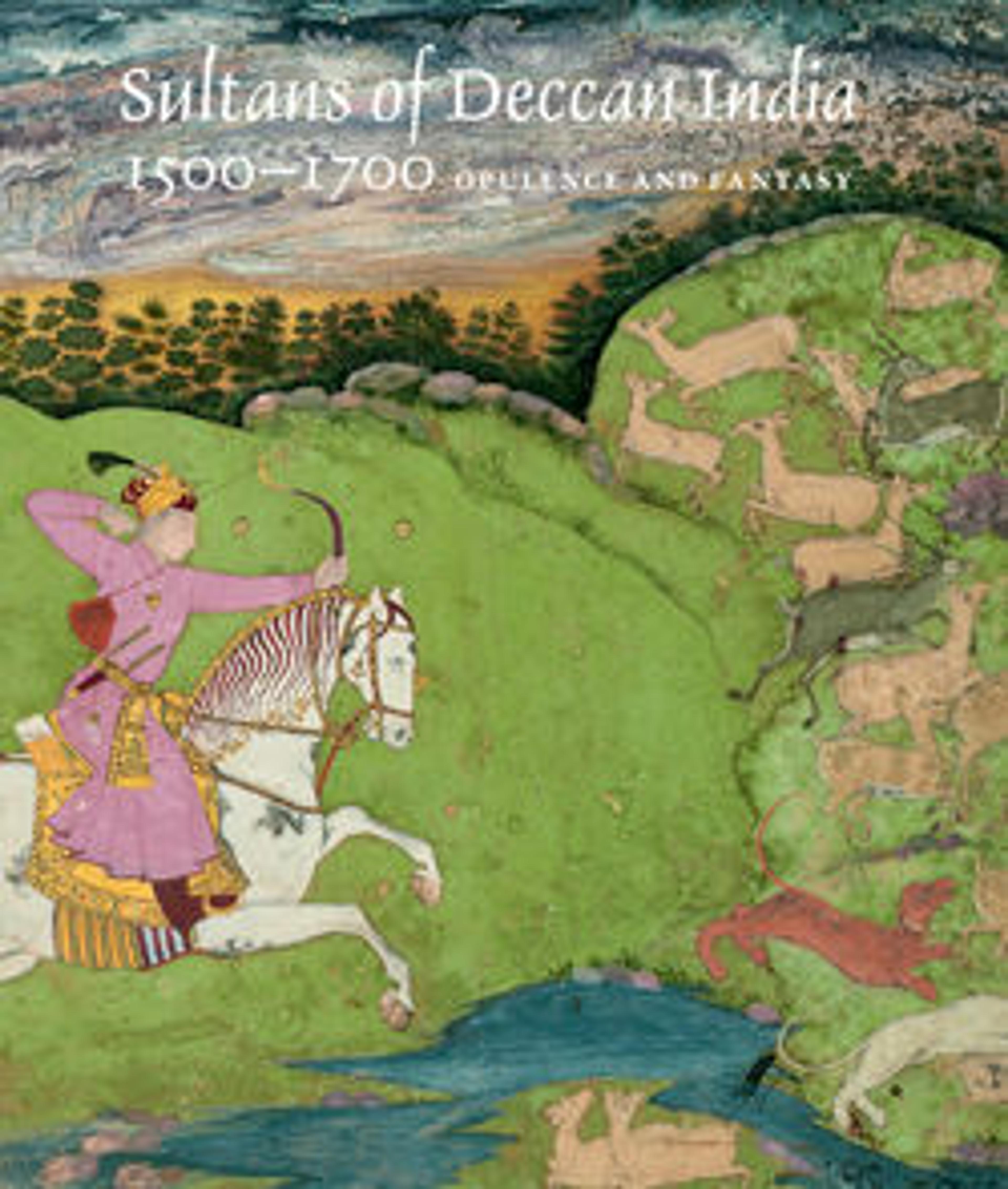Man's Robe (Jama) with Poppies
The early Mughal rulers Akbar and Jahangir were interested in fashion stuffs, carpets, and ornamental textiles. Both emperors had a penchant for inventing new names for garments and other clothing. Akbar is recorded as having ordered a new coat or dress with a round skirt to be tied on the right side. This jama may be a later version of the Akbari garment. Its lengthy sleeves would have been gathered up on the arm when the dress was worn. In a painting of Shah Jahan, he is seen to be wearing a similar garment tied with lappets on the right. He is also dressed in tight-fitting trousers, a colorful sash holding a dagger, and a bejeweled turban. Grandees of the realm wore similar clothing but dressed according to their rank. Sometimes individual nobles were given robes of honor by the emperor as a mark of distinction.
Artwork Details
- Title: Man's Robe (Jama) with Poppies
- Date: 17th century
- Geography: Attributed to India, Deccan, Burhanpur or Hyderabad
- Medium: Cotton; painted, with applied gold leaf
- Dimensions: Robe: L. 55 in. (139.7 cm)
W. 80 in. (203.2 cm)
Case: L. 78 in. (198.1 cm)
W. 36 in. (91.4 cm)
D. 36 in. (91.4 cm) - Classification: Textiles-Costumes
- Credit Line: Rogers Fund, 1929
- Object Number: 29.135
- Curatorial Department: Islamic Art
More Artwork
Research Resources
The Met provides unparalleled resources for research and welcomes an international community of students and scholars. The Met's Open Access API is where creators and researchers can connect to the The Met collection. Open Access data and public domain images are available for unrestricted commercial and noncommercial use without permission or fee.
To request images under copyright and other restrictions, please use this Image Request form.
Feedback
We continue to research and examine historical and cultural context for objects in The Met collection. If you have comments or questions about this object record, please contact us using the form below. The Museum looks forward to receiving your comments.
